.jpg?bossToken=fd8c22397ab61fd2920e8eb7d16c3f8791f4c8c3baf097f45b60ac41a558755d)
Photo Attribution: wikipedia commons
The Chernobyl Disaster
This example has been viewed 639x times
Summary
Rodden Rating
Analysis for The Chernobyl Disaster
Biography
The Chernobyl disaster[a] began on 26 April 1986 with the explosion of the No. 4 reactor of the Chernobyl Nuclear Power Plant, near the city of Pripyat in the north of the Ukrainian SSR, close to the border with the Byelorussian SSR, in the Soviet Union.[1] It is one of only two nuclear energy accidents rated at seven—the maximum severity—on the International Nuclear Event Scale, the other being the 2011 Fukushima nuclear accident in Japan. The initial emergency response and subsequent mitigation efforts involved more than 500,000 personnel and cost an estimated 18 billion roubles—roughly US$68 billion in 2019, adjusted for inflation.[2] It is considered the worst nuclear disaster in history.[3][4][5]
The accident occurred during a test of the steam turbine's ability to power the emergency feedwater pumps in the event of a simultaneous loss of external power and coolant pipe rupture. Following an accidental drop in reactor power to near-zero, the operators restarted the reactor in preparation for the turbine test with a prohibited control rod configuration. Upon successful completion of the test, the reactor was then shut down for maintenance. Due to a variety of factors, this action resulted in a power surge at the base of the reactor which brought about the rupture of reactor components and the loss of coolant. This process led to steam explosions and a meltdown, which destroyed the containment building. This was followed by a reactor core fire which lasted until 4 May 1986, during which airborne radioactive contaminants were spread throughout the USSR and Europe.[6][7] In response to the initial accident, a 10-kilometre (6.2 mi) radius exclusion zone was created 36 hours after the accident, from which approximately 49,000 people were evacuated, primarily from Pripyat. The exclusion zone was later increased to a radius of 30 kilometres (19 mi), from which an additional ~68,000 people were evacuated.[8]
Following the reactor explosion, which killed two engineers and severely burned two more, an emergency operation to put out the fires and stabilize the surviving reactor began, during which 237 workers were hospitalized, of whom 134 exhibited symptoms of acute radiation syndrome (ARS). Among those hospitalized, 28 died within the following three months. In the following 10 years, 14 more workers (9 of whom had been hospitalized with ARS) died of various causes mostly unrelated to radiation exposure.[9] 15 childhood thyroid cancer deaths were attributed to the disaster as of 2011.[10][11] A United Nations committee found that to date fewer than 100 deaths have resulted from the fallout.[12] Model predictions of the eventual total death toll in the coming decades vary. The most widely cited study conducted by the World Health Organization in 2006 predicted 9,000 cancer-related fatalities in Ukraine, Belarus and Russia.[13]
Following the disaster, Pripyat was abandoned and eventually replaced by the new purpose-built city of Slavutych. The Chernobyl Nuclear Power Plant sarcophagus was built by December 1986. It reduced the spread of radioactive contamination from the wreckage and protected it from weathering. The confinement shelter also provided radiological protection for the crews of the undamaged reactors at the site, which were restarted in late 1986 and 1987. However, this containment structure was only intended to last for 30 years, and required considerable reinforcement in the early 2000s. The Shelter was heavily supplemented in 2017 by the Chernobyl New Safe Confinement, which was constructed around the old structure. This larger enclosure aims to enable the removal of both the sarcophagus and the reactor debris while containing the radioactive materials inside. Clean-up is scheduled for completion by 2065.[14]
Source: https://en.wikipedia.org/wiki/Chernobyl_disaster
Raw Data
Horoscope Data
Comments
Natal Data
1986-04-26 01:24:00 LMT
51° 16′ 34.7″ N 30° 13′ 18.8″ E
Chornobyl, Kyiv Oblast, Ukraine



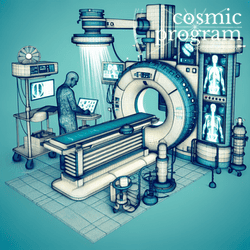










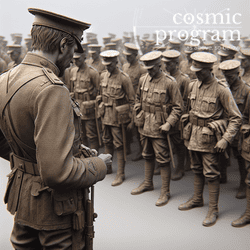





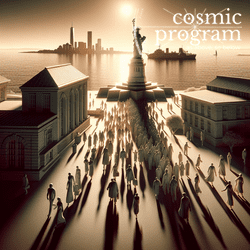










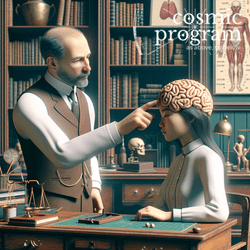


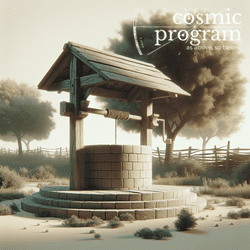

















_9M-MRO_-_color.jpg?bossToken=6a7be8f5df37ebaa75af9cf1643ebb6d92e9d4b21e9596aa175bc65f2bb52dc1)




.jpg?bossToken=b285e1fe73dc4fab25e81c6e108a3d5d2cfc47ed16dcf280e0813784eb56530d)
-850AD_(1).png?bossToken=45cb7d0c8ad8e65173095cc649597a78eabfa1fd61cf83361e347c9e5c490a4a)
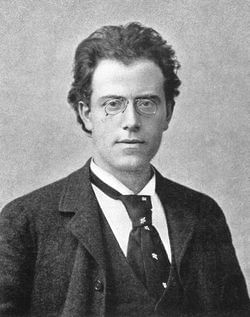
_cropped.jpg?bossToken=12e2b5ccddbbbf46f5cbaa6a39e50d5a2c4ea28e10cf545762c10bac07886dd9)



